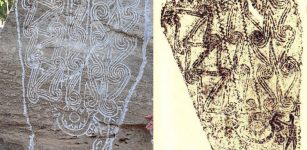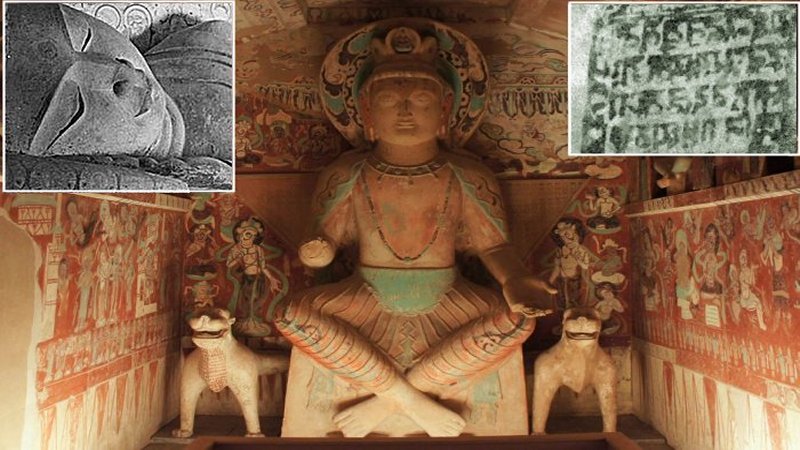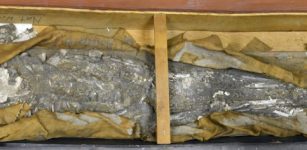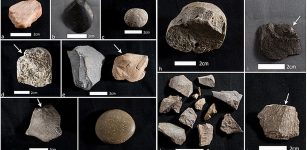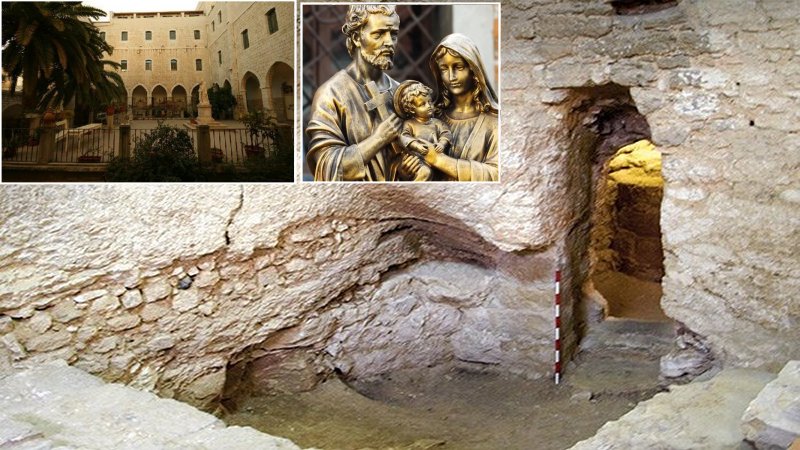Polish Excavations In Gebelein ‘Domain of Hathor’ in Upper Egypt
MessageToEagle.com – Polish archaeological project in Gebelein in southern Egypt has begun its second season of fieldwork. Gebelein is an archaeological site located about 32 kilometers south of Luxor (ancient Thebes) on the western bank of the Nile.
The modern geographic area is known as Naga el-Gherira
The place was a very important center in the history of ancient Egypt, but researchers still know little about it.
During last year’s work, many monuments were discovered that allow scientists to fill blank spots in the history of the pharaohs.
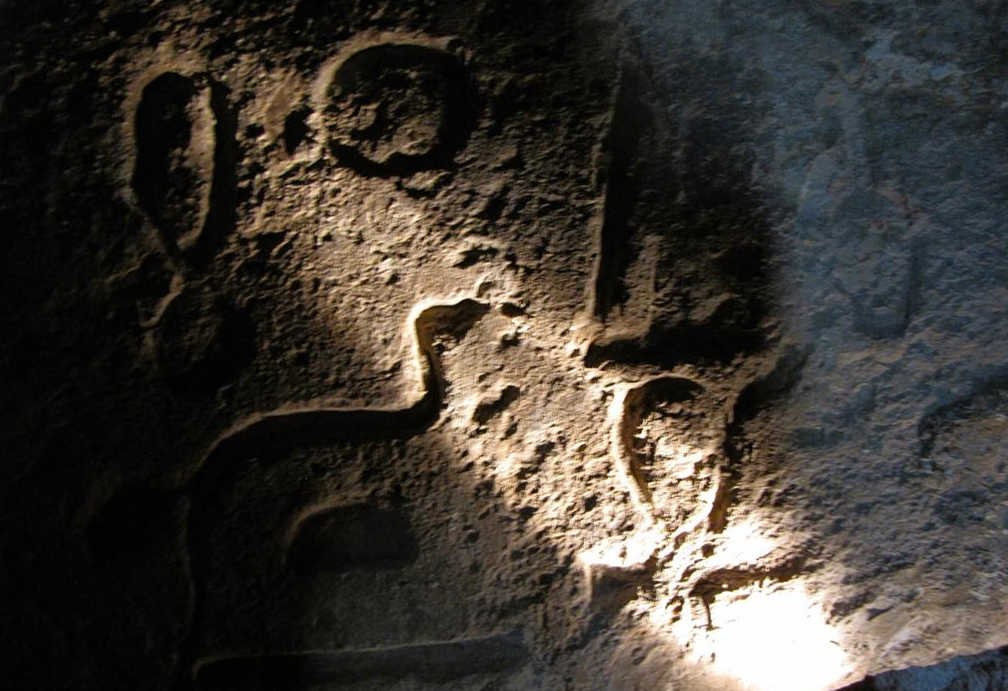
These include inscriptions, tombs of dignitaries and places of worship carved in the rocks.
A characteristic feature of the landscape in Gebelein are two limestone rocks that tower over the Nile and the surrounding desert.
‘At the dawn of the history of ancient Egypt this was an administrative centre, very well positioned strategically and in terms of natural resources.
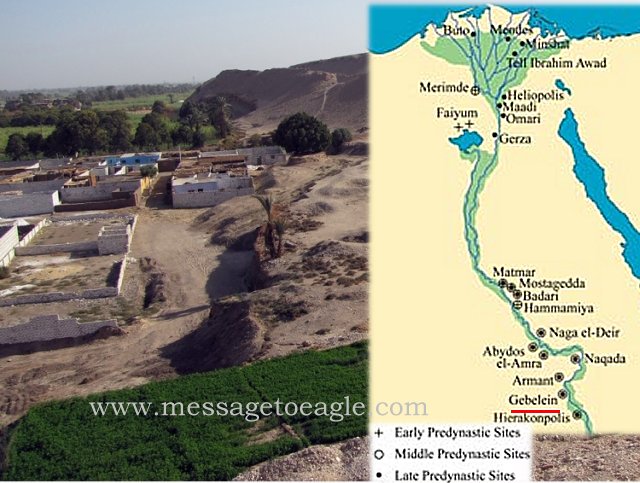
There are signs that we are studying the capital of one of the proto-states, of which the Egyptian state emerged at the turn of the fourth and third millennia BC”- told PAP the project leader, Wojciech Ejsmond from the University of Warsaw.
This year’s goal of the interdisciplinary research team is to continue the inventory of hundreds of tombs from different periods and document the inscriptions that cover the walls of rock shrines, discovered last year.
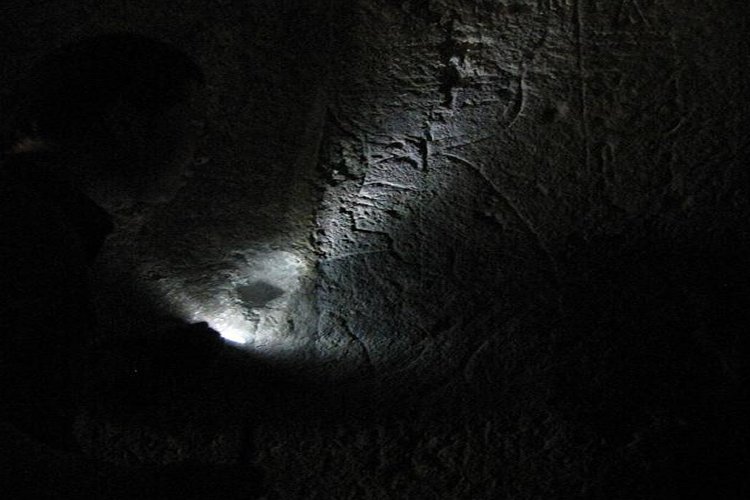
“This is a unique research material, shedding light on the religious beliefs and practices of ordinary people, as well as providing new information on cultural and religious policy of the Pharaohs” – emphasised Ejsmond.
According to the project leader, development and expansion of the network of contemporary fields and settlements threatens the monuments in Gebelein. Therefore, research is urgently needed to save as much as possible of the rich archaeological heritage of Egypt.
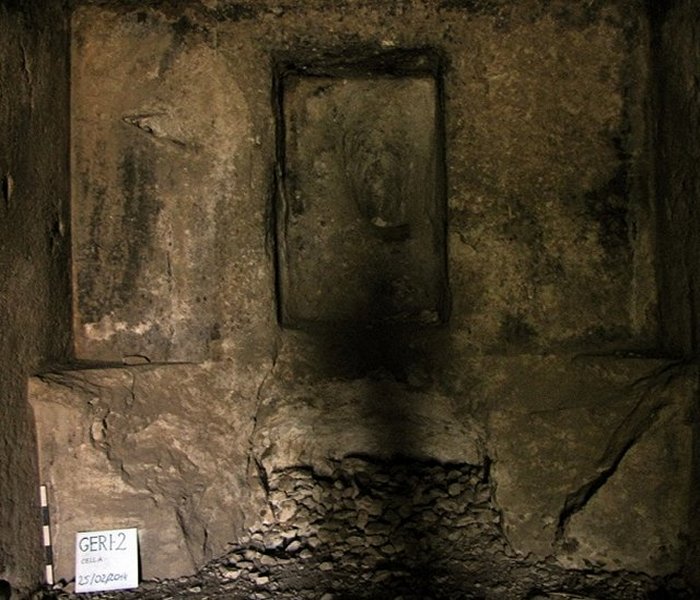
“Fortunately, we have the ongoing assistance of the Ministry of Antiquities and understanding of the local population, welcoming us warmly. Sometimes it is difficult refuse invitations to lunch or tea during work time” – reported Ejsmond.
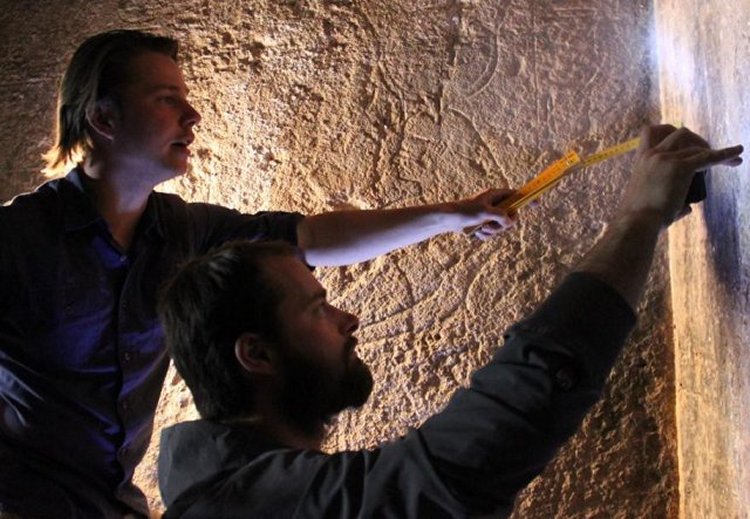
Gebelein is known for its cemetery, where archeologist have made finds stretching from the Predynastic Period to the Middle Kingdom.
The site includes the remains from a temple to Hathor with a number of cartouches on mud bricks and a royal stela from the Second to Third Dynasties.
MessageToEagle.com



